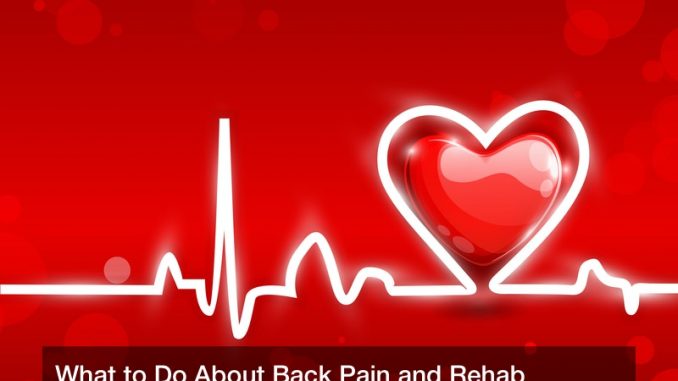

Modern medicine encompasses a wide range of fields, some of which require invasive surgery and medication. Meanwhile, a non invasive field of medical care is the treatment of back pain, spinal issues, stiff joints, and the like. Today, pain thresholds and limits to a patient’s arcs of motion can be measured in a hospital with functional assessment tools and other physical therapy equipment. This is highly helpful for a patient who is recovering from an injury (such as from sports) and is undergoing physical therapy. Meanwhile, a person may visit a chiropractor’s office, where the doctor may use chiropractic adjustment tools and their bare hands to treat spinal issues, no surgery needed. Rehab tools at a hospital may test the patient’s pain thresholds and their recovering strength, and tracking their pain thresholds and other data can lead to an estimated time of recovery in the future.
Why Pain Happens
Chronic back pain is among the most common chronic conditions in the entire world. Human beings are unique among animals in that we walk upright all our lives, and our distinctively S-shaped spines have to support a lot of weight and fight gravity for many decades. This led to many evolutionary advantages, but even today, a worn-out spine may cause pain. In fact, lower back pain ranks second among all reasons why Americans visit the doctor’s office, behind only upper respiratory issues. Some 50% of working Americans admit to having back pain, and experts say that as many as 80% of Americans will experience back pain at some point in their lives. One in three women and one in four men may experience such pain, and at any given time, around 31 million Americans are experiencing spinal distress or back pain.
Where does all this pain come from? Injuries, such as from sports injuries or other trauma, may distress the spine and the back muscles, resulting in pain. This often may land a victim in a hospital and require physical therapy, or PT. In other cases, an adult American may suffer from back pain due to years of hard manual labor, and many surveyed Americans believe that such work wears out their backs. Other surveyed Americans, meanwhile, say that ongoing stress is the cause of their back pain. Pregnancy may also cause back pain due to the added weight, and simple old age is another common cause for back and spinal issues. Many decades of fighting gravity wear out the back muscles and may cause the spine to collapse somewhat, resulting in strained muscles, stiff joints, and pinched nerves. The good news is that there are many ways to fix back pain, realign the bones, test a patient’s pain thresholds, and more.
Fixing Back and Spine Problems
Someone suffering from back or spinal problems may visit their doctor, and in turn get referred to a chiropractor, a yoga expert, or more. This may usually mean that non invasive methods will be used to relieve pressure on joints or nerves and ease pressure on strained muscles. A chiropractor may use simple tools or even their bare hands to carefully test their patient’s pain thresholds to diagnose the problem, then adjust the bones and muscles as needed to relieve pain. Many surveyed Americans report satisfaction with the results of chiropractic care and would recommend it to others. Something similar may be done at a yoga studio. When a client signs up for private yoga sessions, they may be guided on how to stretch and bend the body in rigorous but natural ways that will relieve pressure on joints, bones, muscles, and nerves. Over the course of several sessions, the client may find their joint pain relieved and their arcs of motion restored for their arms and leg, and even their neck and spine.
Someone recovering in the hospital may undergo physical therapy for their spine, legs, or arms to restore their strength and coordination. The patient’s therapist will use simple devices to test the patient’s pain thresholds, their strength and arcs of motion, and more. This will track the patient’s progress over the course of numerous sessions, and help the therapist determine when the patient has made a full recovery.
Leave a Reply
You must be logged in to post a comment.